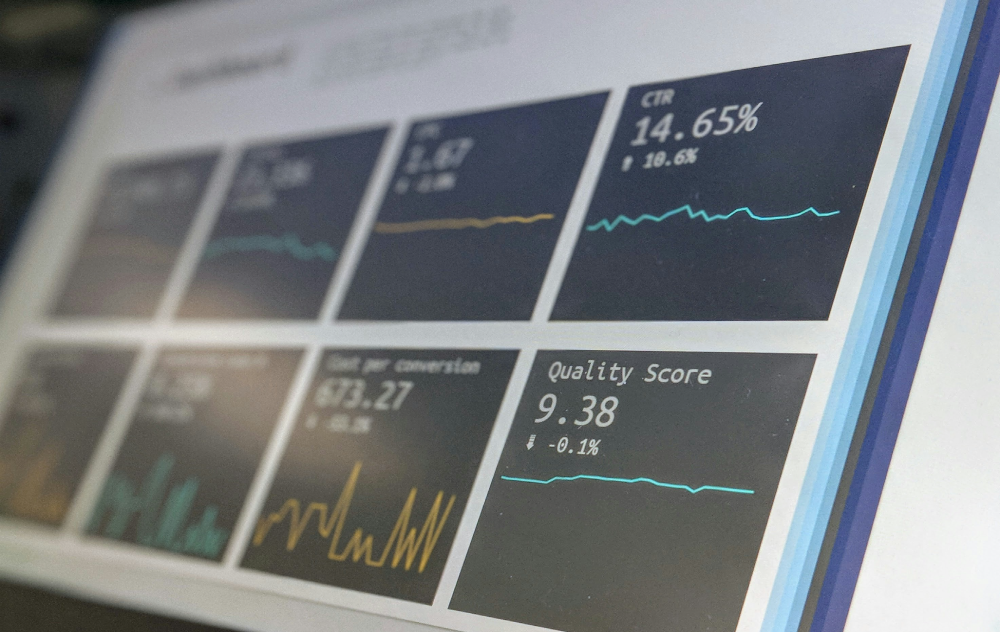In the realm of the internet securing a place, on Googles search page is essential for enhancing visibility and drawing visitors to your website. Search Engine Optimization (SEO) plays a role in attaining this triumph. Here is an in depth manual on enhancing your sites position and reaching that spot, on Googles search results page.
Understanding Keywords and Intent
Keyword Research: Start by identifying relevant keywords that your target audience is likely to use. Utilize tools like Google Keyword Planner, SEMrush, or Ahrefs to discover high-volume and low-competition keywords.
Long-Tail Keywords: Incorporate long-tail keywords (phrases containing three or more words) that reflect user intent more precisely. These often have less competition and higher conversion rates.
User Intent: Focus on the searcher’s intent behind the keywords—whether it’s informational, navigational, or transactional. Create content that aligns with and fulfills these intents.
Optimizing On-Page Elements
Quality Content: Develop comprehensive, valuable, and unique content that addresses users’ queries. Google prioritizes content that satisfies search intent and provides authoritative information.
Title Tags and Meta Descriptions: Craft compelling title tags and meta descriptions that incorporate target keywords and entice users to click.
Optimized URLs: Create clean and descriptive URLs that include relevant keywords.
Header Tags (H1, H2, H3): Use header tags to structure your content logically. Include keywords where appropriate.
Optimized Images: Use descriptive alt text for images and compress file sizes to improve page loading speed.
Enhancing Technical SEO
Mobile-Friendliness: Ensure your website is responsive and provides a seamless user experience on mobile devices.
Page Speed: Improve site speed by optimizing images, leveraging browser caching, and minimizing unnecessary scripts.
Crawlability and Indexability: Make sure search engines can crawl and index your website easily. Use robots.txt, sitemaps, and fix any crawl errors.
Schema Markup: Implement structured data to enhance the visibility of your content in search engine results.
Building Quality Backlinks
Link Building Strategy: Earn backlinks from reputable and relevant websites within your industry. Focus on quality over quantity.
Guest Blogging: Contribute guest posts to authoritative blogs and websites to build backlinks and establish authority.
Monitoring and Adaptation
Analytics: Use Google Analytics and Google Search Console to monitor traffic, user behavior, and keyword performance.
Regular Updates: Keep your content fresh and updated to maintain relevance and improve rankings.
Adaptation: Stay informed about Google algorithm updates and adjust your SEO strategy accordingly.
Embracing Content Marketing
Content Diversity: Explore various content formats such as blogs, videos, infographics, podcasts, and interactive tools to cater to different audience preferences.
Quality Over Quantity: Prioritize quality content that provides value and engages users. Aim for in-depth, comprehensive pieces that become go-to resources in your niche.
Regular Publishing Schedule: Maintain a consistent publishing schedule to keep your audience engaged and signal freshness to search engines
Leveraging Local SEO
Google My Business: Claim and optimize your Google My Business listing with accurate information, photos, and reviews to enhance local visibility.
Local Keywords: Incorporate local keywords (city names, landmarks) in your content to target regional audiences.
Local Directories: Ensure your business is listed accurately in local directories and citation sources.
Harnessing Social Media
Social Signals: While not a direct ranking factor, strong social media presence can amplify your content’s reach and indirectly impact SEO.
Shareable Content: Craft content that encourages social sharing, widening your content’s exposure and potentially generating backlinks.
Engaging User Experience (UX)
User-Friendly Design: Create a visually appealing, easy-to-navigate website that keeps users engaged and encourages longer dwell times.
Clear Call-to-Actions (CTAs): Guide users through your site with clear CTAs that lead to conversions.
Adhering to White-Hat SEO Practices
Avoid Black-Hat Techniques: Steer clear of unethical SEO practices like keyword stuffing, cloaking, and buying links, which can lead to penalties and long-term damage to your site’s reputation.
Ethical Link Building: Focus on earning links naturally through quality content and genuine relationships with other webmasters.
Conclusion
Achieving and maintaining a first-page ranking on Google demands a multifaceted approach. By combining keyword research, on-page optimization, technical improvements, content marketing, and ethical link building, you can strengthen your website’s authority and relevance in the eyes of search engines. Remember, SEO is not a quick-fix solution but a continuous journey of improvement and adaptation. By consistently refining your strategies and staying abreast of industry trends, you can enhance your chances of securing a prominent position on Google’s search results page and driving valuable organic traffic to your website.


